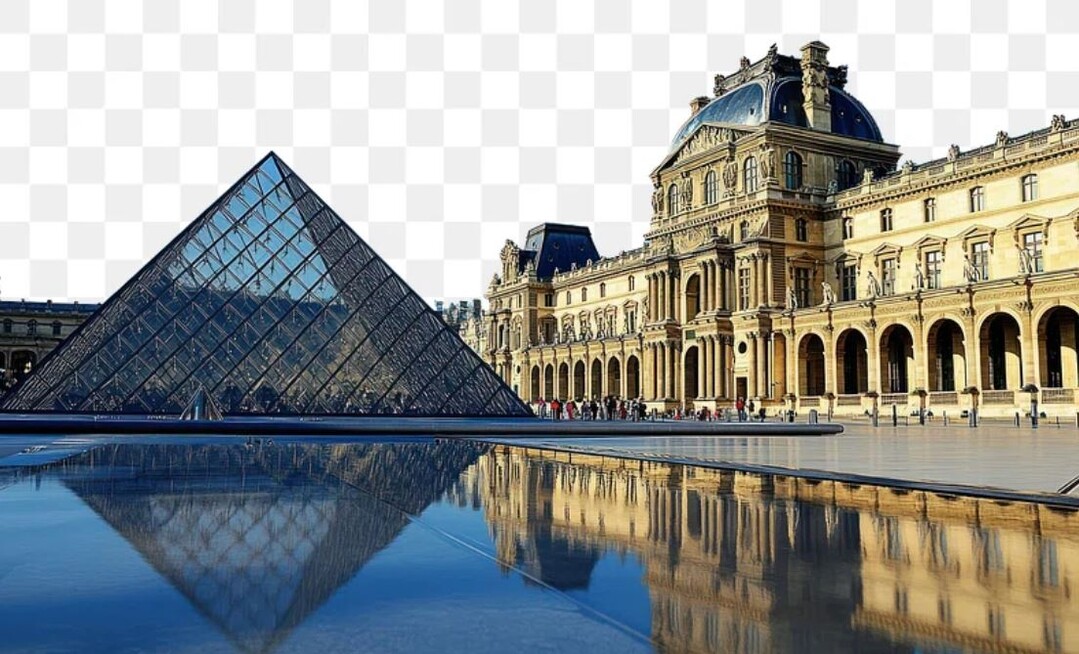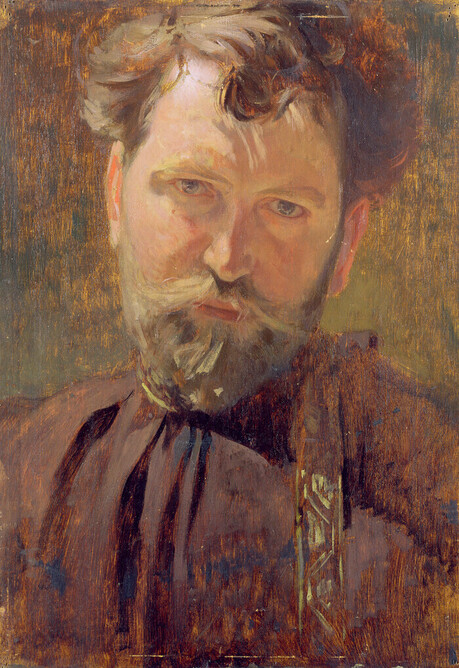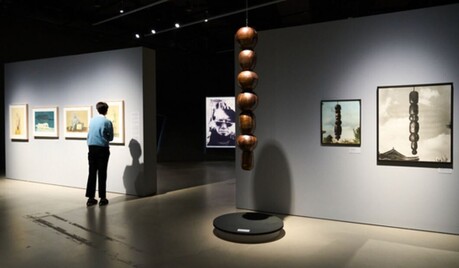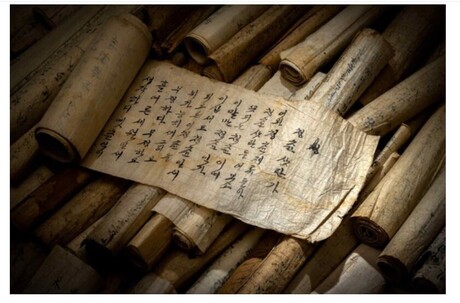The Louvre robbery shocked the world not merely because of what was stolen, but because of where it happened. In the heart of Paris—inside one of the most visited, most secured, and most symbolically guarded museums on Earth—thieves managed to execute a high-speed operation, cutting through the glass of the Galerie d’Apollon and escaping with priceless Napoleonic jewels in under eight minutes.
That such a breach could occur in the twenty-first century—the age of AI surveillance, facial-recognition gates, and quantum encryption—defies belief. It’s as if we’ve been reminded, brutally, that even the world’s most sophisticated cultural institutions are only as strong as their weakest night shift or outdated alarm circuit. The Louvre’s case is not an isolated failure; it’s a warning flare for every museum holding the heritage of humanity within fragile walls.
Across Europe, Asia, and the Americas, major collections sit in buildings centuries old, often modernized in appearance but relying on security infrastructure built decades ago. Budgets lean toward exhibition glamour and digital outreach, while invisible systems—the sensors, locks, guards, and protocols that actually defend culture—receive far less attention. Yet history has shown again and again that thieves are as innovative as curators: from Boston’s Gardner Museum to Dresden’s Green Vault, audacity always finds the loophole that complacency leaves behind.
In Korea, there is an old proverb: “소 잃고 외양간 고친다”—literally, “After losing the cow, you fix the barn.” It means repairing something only after the damage is done—a critique of reactive thinking, of lessons learned too late. And yet, in this case, that very proverb points to the only sensible path forward. The cow is gone, yes—but the barn still shelters thousands of others.
So, fix it. Fortify the vaults. Upgrade the systems. Train and pay guards as if they were surgeons of culture, not mere custodians. Protecting a painting, a manuscript, or a gem is not simply about guarding an object—it’s about defending memory, identity, and imagination.
If the 21st century truly prides itself on technological mastery, then let that mastery serve art, not just commerce or warfare. The Louvre heist should not be remembered as a humiliation, but as the final wake-up call. We may have lost one cow, but we still have the herd of human civilization—and it’s time to build stronger barns around it.
SayArt.net
Jason Yim yimjongho1969@gmail.com









